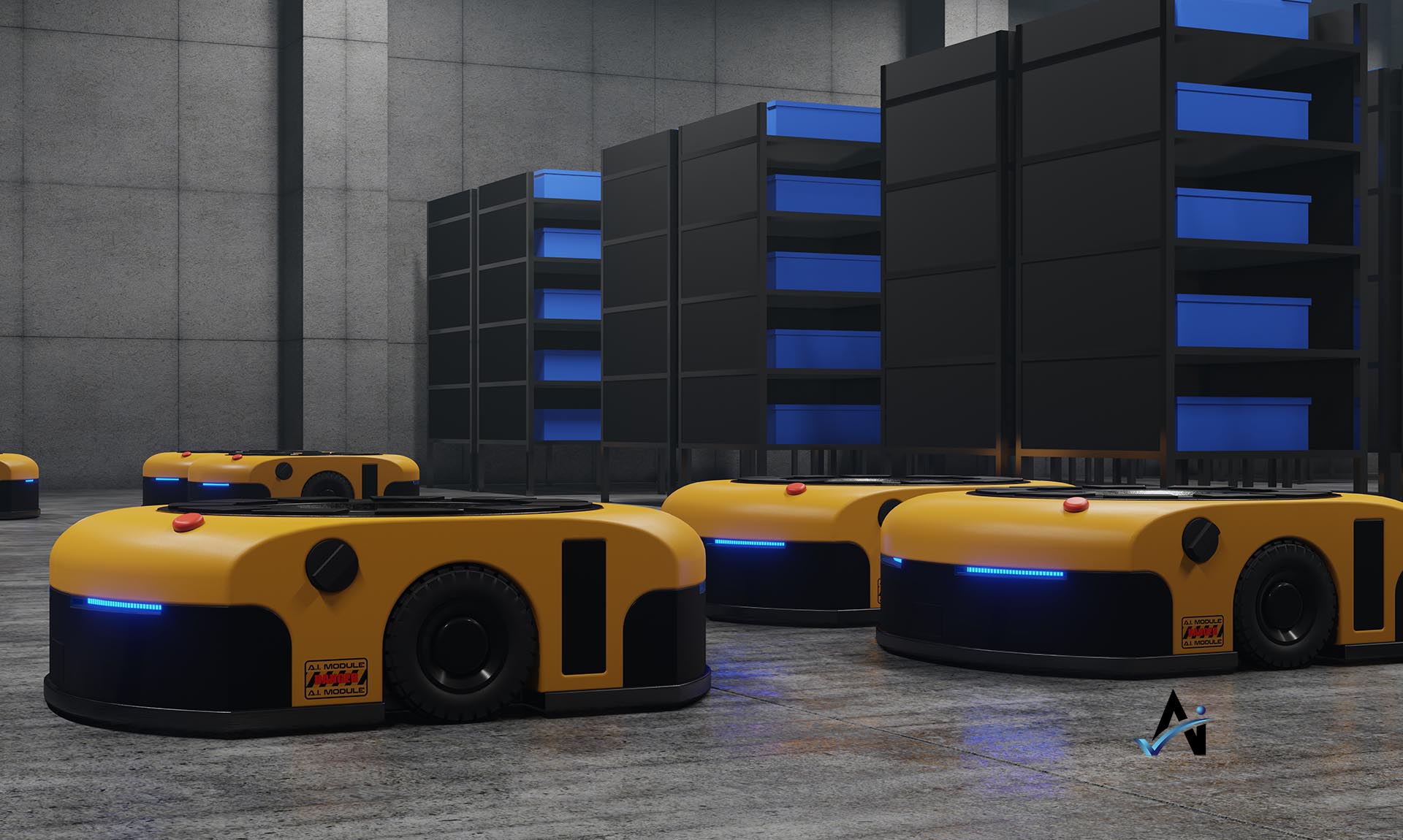The Paradox of Automation in an AI world
The paradox of automation has become a central topic of discussion, especially regarding its impact on the workforce. At the heart of the automation paradox is a contradiction: while automation, including AI and robotics, can lead to greater efficiency and economic growth, it also poses the risk of significant job displacement. Industries ranging from manufacturing to services are increasingly employing automated solutions for tasks that were once the domain of human workers. This shift raises critical questions about the future of work and the nature of employment in an automated world.
As the tech industry increasingly relies on AI and automation for software development and problem-solving, a subtle yet significant risk emerges: the potential erosion of troubleshooting skills among workers. This phenomenon isn’t just a matter of losing the ability to manually code or debug; it’s about a fundamental shift in how professionals engage with problems. The convenience of AI tools, while boosting efficiency and reducing errors, can inadvertently lead to a workforce less equipped to handle complex, nuanced challenges that AI can’t solve. This reliance on automated solutions can result in a gap in critical thinking and problem-solving skills, traditionally honed through hands-on experience in coding and troubleshooting. The art of dissecting a problem, hypothesizing solutions, and iteratively testing these solutions – a skill set vital to software development – risks being underdeveloped as AI tools handle more of these processes.
This risk is not just theoretical but has practical implications for the industry. In scenarios where AI tools may not offer the optimal solution, or in cases of novel challenges beyond the scope of existing AI programming, a workforce less practiced in manual troubleshooting could struggle. This situation could lead to longer problem-solving times and a dependence on external support or further AI advancements to bridge the skills gap. Moreover, the unique insights and innovations that often emerge from deep, manual engagement with coding problems could diminish, potentially impacting the industry’s capacity for creative problem-solving. As such, it’s crucial for the tech industry to balance the use of AI and automated tools with opportunities for professionals to maintain and refine their hands-on coding and troubleshooting skills. This balance is essential for fostering a resilient, adaptable, and innovative workforce capable of navigating an ever-evolving technological landscape.
One of the primary concerns is the potential for widespread job loss. Automation technologies can perform a range of tasks more efficiently and at a lower cost than human workers. In industries like manufacturing, self-driving vehicles, and customer service, automation is already replacing jobs. This trend is likely to continue as AI and machine learning technologies become more sophisticated, capable of performing complex tasks with precision and reliability.
However, the impact of automation is not universally negative. History shows that technological advancements can lead to the creation of new job sectors and opportunities. For instance, the rise of the internet and digital technologies in the late 20th century created entire industries that did not previously exist. Similarly, automation and AI are likely to give birth to new professions and markets, offering opportunities for economic growth and employment.
The paradox of automation also underscores the need for a skilled workforce that can complement and work alongside automated systems. As routine tasks become automated, there is a growing demand for skills in areas like AI management, data analysis, and creative problem-solving. These skills are crucial in overseeing automated processes, analyzing output data, and providing the human insight necessary for strategic decision-making.
Education and training play a crucial role in preparing the workforce for this shift. There is an urgent need for education systems and vocational training programs to adapt, focusing on skills that will be relevant in an automated world. This adaptation includes not only technical skills related to AI and automation but also soft skills like critical thinking, creativity, and emotional intelligence, which are difficult to automate.
The automation paradox also has significant implications for economic inequality. As low-skill jobs are more susceptible to automation, there is a risk of widening the gap between high and low-income workers. Addressing this issue requires thoughtful policies and interventions, including support for retraining programs, income support for displaced workers, and incentives for businesses to create new jobs.
The paradox of automation presents a complex and multifaceted challenge for the global economy and workforce. While automation offers efficiency and economic growth, it also poses significant risks for job displacement and inequality. Navigating this paradox will require a concerted effort from businesses, governments, educational institutions, and workers themselves. The focus must be on leveraging the benefits of automation while mitigating its negative impacts, ensuring a future where technology advances hand in hand with human prosperity and employment security.
latest video
Get Our Newsletter
Never miss an insight!






